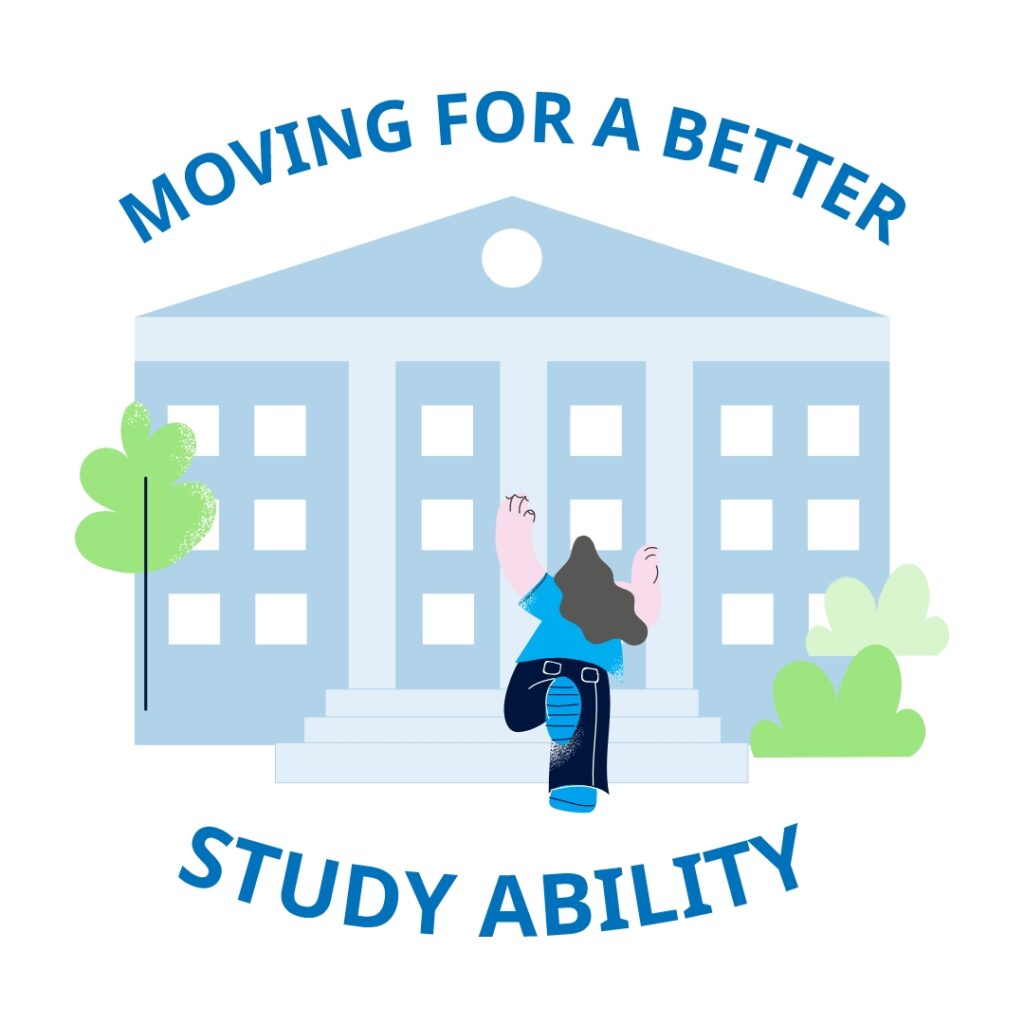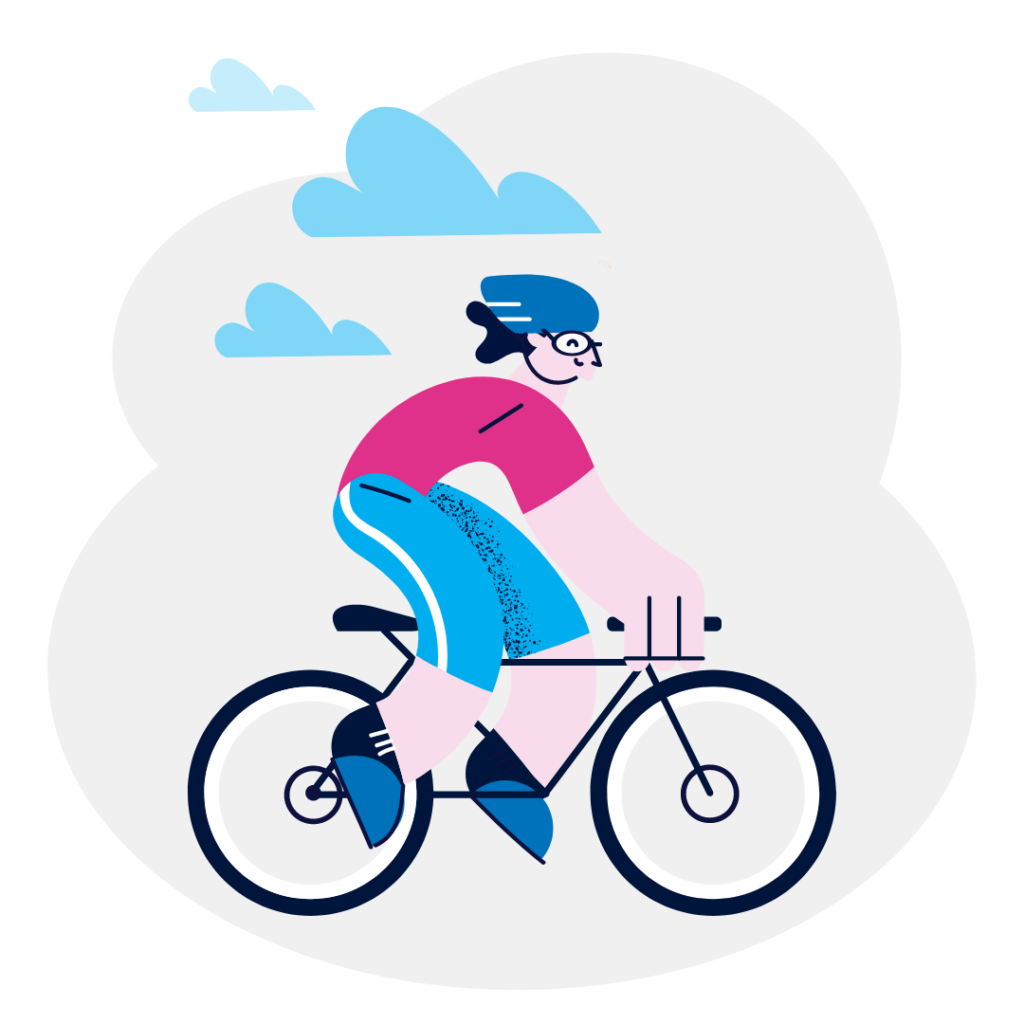Moving and taking breaks from prolonged sedentary time are ways to support students’ study ability and the wellbeing of the entire study community. Small choices made by students themselves and measures taken by educational institutions can help incorporate more movement and activity into students’ lives.
A new model called Moving for a better study ability is based on the model for study ability (Kunttu 2006) updated by the Finnish Student Health Service (FSHS) in 2022. It examines study ability and its various aspects from the point of view of physical activity. The model describes benefits to students’ personal resources and study skills and discusses how movement can be incorporated into teaching and guidance situations.

The Moving for a better study ability model also provides examples of how physical activity can be used to promote study environments that support wellbeing. A safe, healthy study environment and a study community where students can feel like they belong are prerequisites for students’ wellbeing.
Studies show that physical activity has numerous positive effects on learning conditions and physical, mental and social wellbeing. The new model illustrates and explains the importance of measures supporting movement in educational institutions. It helps those working with students, and students themselves, to get an idea of how they can use physical activity to promote student´s study ability.

The model can also help to broach the subject and help students to understand the importance of movement and taking breaks from prolonged sedentary time for their own wellbeing and study ability.
The project of building the Moving for a better study ability model was coordinated by Jamk University of Applied Sciences and completed together with the Finnish Student Sports Federation (OLL) and the Finnish Student Health Service (FSHS).
